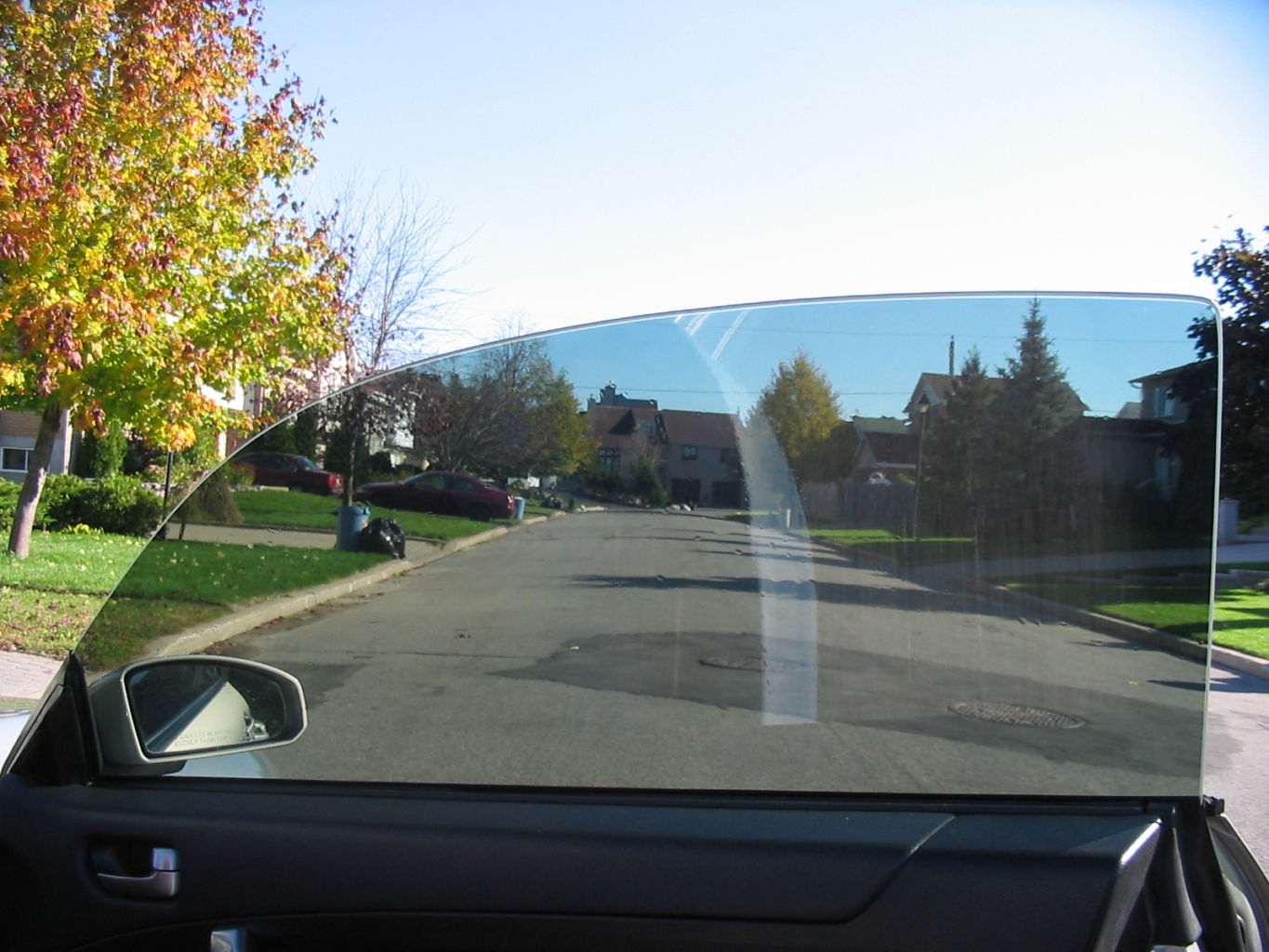
One of the most common questions we are asked regarding window tint is the proper way to care for and clean automotive tinted windows. As a result, we wanted to write a brief article that explains the do’s and dont’s of tint care.
To begin, let’s discuss a bit about window film construction and how it adheres to the glass. As you likely know, window tint is installed on the inside surface of the glass. The construction of tint is such that once installed the outermost surface is a durable scratch resistant coating. This is what allows film tint to slide up and down in a properly adjusted roll down window channel for years without getting scratched. Although this surface is durable, it is not indestructible. Also, the window tint is adhered to the glass with a thin, optically clear pressure sensitive adhesive. Once cured, this bond should last for many years without fail. Now that we understand a bit about how the film is constructed and how it is adhering to the glass, let’s get into how to properly care for it to ensure long life.
Is Any Glass Cleaner OK?
In short, no. The type of adhesive that I mentioned is used to adhere the film to the glass and it creates a mechanical bond between the film and the glass. Certain chemicals can degrade this mechanical bond and cause the window tint to bubble or peel. Many times you may see a window film job that has a bunch of large bubbles and think that it was a bad tint or a bad tint job. While it may have been either of those things, it could also have been a quality tint that was installed properly that was cleaned using the wrong type of cleaner. There are so many cleaners on the market that we cannot possibly discuss each one individually, but the main thing to look for is an AMMONIA FREE Glass Cleaner. Ammonia is one of the main culprits in glass cleaners that attacks the mechanical bond of the adhesive. It will creep under the film and cause a mechanical failure breakdown between the glass and film and that is what causes the bubbles you have likely seen. Many companies make ammonia free glass cleaners, just be sure to read the label. If it does not expressly say that it is “ammonia free”, assume it has ammonia and find another cleaner to use.
What Should I Use to Wipe the Windows Down?
You want to avoid using a standard paper towel to wipe down the tint as you clean. While this is OK for other surfaces, paper towels can trap a piece of dirt between the towel and film and cause scratches. This happens because there is nowhere for the dirt particle to absorb into the paper towel, so it just gets dragged across the film surface as you wipe the window down.
The best thing to use is a soft microfiber towel. These towels absorb more solution and allow a dirt particle to sink into the fibers and away from the film surface while cleaning. Not only will these towels give you a better, steak free cleaning, they will help you avoid scratches.
Is There Anything Else?
Actually, yes. One more thing to keep an eye on is the sudden appearance of small scratches in the film going from the top to the bottom of the window. This indicates that the window guide inside the door is either out of adjustment or had dirt trapped on it’s surface. If you notice these scratches, stop using that window and get the vehicle to a mechanic to check the adjustment and guide surface. Continued use without getting this resolved will cause these scratches to get worse and the only fix will be to replace the window film.
If you have any additional questions how to properly care for and clean automotive tinted windows, contact us at (417) 823-8715. We are your premier source for automotive window tint in the Springfield, Missouri area.

